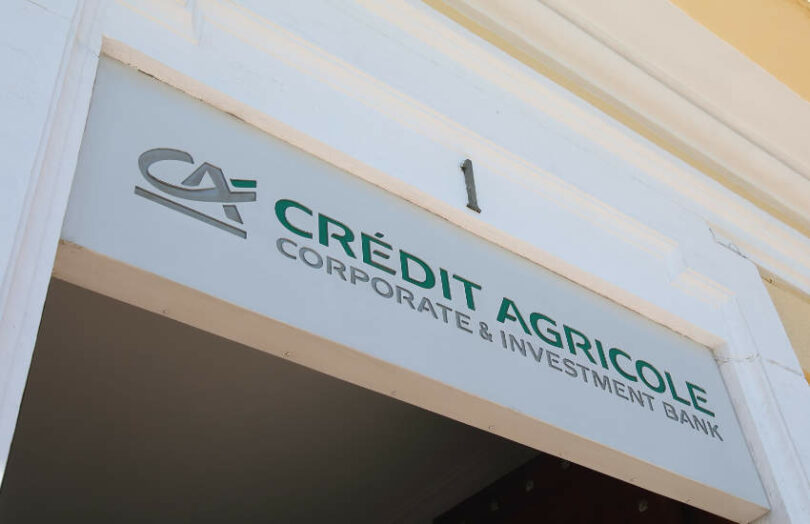Crédit Agricole CIB has been working on its so|cash tokenized correspondent banking model for over a year. As part of the European Central Bank’s (ECBs) wholesale DLT settlement trials, it conducted an experiment along with CACEIS, its asset servicing joint venture with Santander. It involved simulating cross border payments using a tokenized correspondent banking model with the interbank settlement conducted with a wholesale central bank digital currency (wCBDC).
The ECB’s trials involved three central bank money solutions, with the Banque de France’s DL3S the only one that provides a wCBDC or cash on chain. The trials end this month.
Most of the ECB trials have focused on the settlement of on-chain securities. This experiment encompasses the potential for delivery versus payment, and for corporate clients to manage their real time treasury cash balances across jurisdictions. The key benefits are instant cross border payments, potentially 24/7.
Article continues …

Want the full story? Pro subscribers get complete articles, exclusive industry analysis, and early access to legislative updates that keep you ahead of the competition. Join the professionals who are choosing deeper insights over surface level news.






